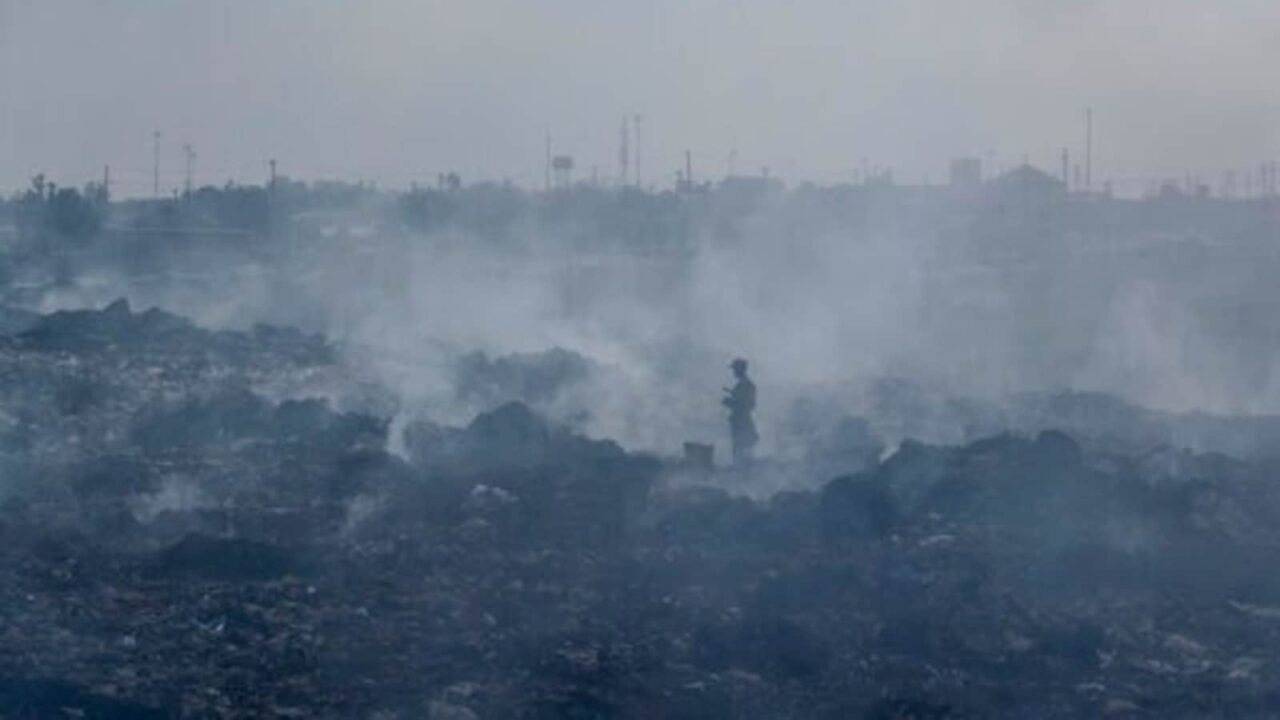
NEW DELHI: Since the introduction of the National Clean Air Programme (NCAP), air quality has improved compared to the previous year in only 49 out of 131 cities in the financial year 2021-2022, according to a report by the Centre for Research on Energy and Clean Air (CREA).
Under agreements made between State Pollution Control Boards (SPCBs), Urban Local Bodies (ULBs), and the Centre, just 38 of the 131 cities that were set yearly pollution reduction targets, managed to reach the targets for FY21-22, the research stated.
The NCAP covers 132 of the country’s most polluted or “non-attainment cities”. These are the cities whose air quality did not meet the National Ambient Air Quality Standards (NAAQS) from 2011 to 2015. Using 2017 as the pollution levels baseline, the NCAP seeks to bring 20-30 per cent reduction in pollution levels of PM2.5 and PM10 particles by 2024.
The Central Pollution Control Board, which oversees the programme, only considers levels of PM10 that are relatively larger and coarser particles while allocating funds. However, the smaller and more harmful PM2.5 particles aren’t monitored robustly in all cities, primarily because of the lack of equipment.
The report noted that 37 out of 131 cities have completed the Source Apportionment studies, which list out and quantify the major sources of pollution in a city, to be completed in 2020. An accompanying press release stated that “Almost all of these reports still lack public availability and no city action plan has been updated with new findings of the report as it was envisaged in the NCAP when it was launched in January 2019.”
According to the CREA report, India will need to install more than 300 manual air quality monitoring stations per year to reach the NCAP goal of 1,500 monitoring stations by 2024. In the past four years, only 180 stations were installed. Sunil Dahiya, an analyst at CREA, stated, “India has an extensive network of ambient air quality monitoring stations installed by industries as stipulated through various regulations and environmental clearance process, we should make use of that infrastructure and use the data for air pollution regulation. Data from industries should be made public and integrated with government’s ambient air quality monitoring, which will not only help increase availability of air quality data in public domain but will also enhance the accountability of the industries forcing them to operate the stations’ efficiently.”

